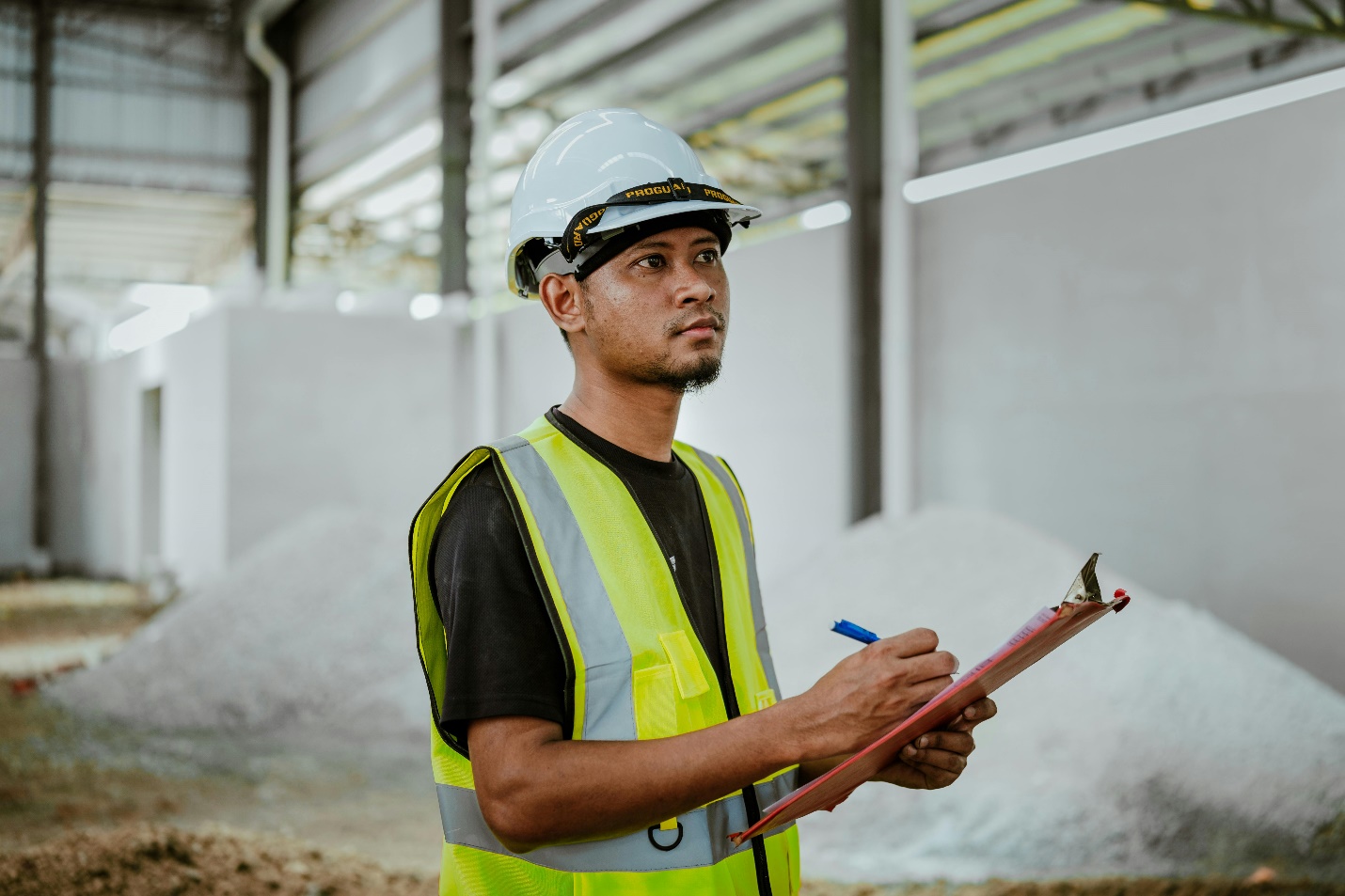The Ultimate Guide to Fall Protection
Falls are among the top causes of occupational injuries and deaths, which is why fall protection is a key part of workplace safety. If you are employed in construction, manufacturing, warehousing, or any other occupation where fall hazards exist, using the appropriate fall protection methods is vital to protecting workers and adhering to safety standards.
In this fall protection guide, we’ll explore the fundamentals of fall protection, key regulatory requirements, and best fall protection practices to keep your workplace safe.
Understanding Fall Hazards
Falls can occur in a variety of workplace settings, including:
- Working at heights (ladders, scaffolding, rooftops)
- Slippery or uneven surfaces
- Unprotected edges or openings
- Weak structural surfaces (fragile roofs, skylights)
- Improper use of fall protection equipment
The identification of the potential fall risks is the first step towards formulating an effective fall protection plan for employees.

Regulatory Requirements for Fall Protection
Many companies implement and uphold fall protection requirements to reduce injuries in the workplace. The best-known regulatory authorities are:
- Canadian Centre for Occupational Health and Safety (CCOHS) – In Canada, CCOHS oversees fall protection regulations that vary by province.
- WorkSafe BC – In British Columbia, WorkSafe BC sets specific fall protection regulations to ensure worker safety in various industries.
The employers are required to know relevant regulations and become compliant in order to stay clear of fines and, most significantly, prevent injury.
Key Components of a Fall Protection System
A complete fall protection system consists of a series of components intended to reduce risks. The main components are:
1. Elimination and Prevention
- Assess the workplace to eliminate fall hazards where possible.
- Employ guardrails, safety barriers, and opening covers to protect against falls.
2. Administrative Controls
- Create and execute a fall protection plan.
- Educate workers in proper fall protection techniques and equipment usage.
- Conduct regular audits and safety checks.
3. Personal Fall Protection Equipment (PPE)
- Harnesses: A full-body harness distributes fall forces safely across the body.
- Lanyards and Lifelines: Shock-absorbing lanyards and self-retracting lifelines minimize the shock of falls and provide a secure connection between the worker and anchorage.
- Anchorage Points: Anchorage points were in accordance with the appropriate load capacity.

Best Fall Protection Practices
- Perform a Risk Assessment – Identify all fall hazards and determine appropriate protective measures.
- Use the Hierarchy of Controls – Eliminate the hazard first, then engineering controls, followed by administrative controls, and lastly personal protective equipment.
- Ensure Proper Equipment Use – Select the right fall protection gear and ensure all employees understand how to use it correctly.
- Train Employees Regularly – Conduct regular training sessions on fall protection and safety protocols.
- Inspect Equipment Frequently – Conduct routine inspections of harnesses, lanyards, and anchorage points to detect wear and tear.
- Enforce Compliance – Establish clear safety policies and hold workers accountable for adhering to fall protection protocols.
Conclusion
Employee fall protection is a critical aspect of occupational safety that needs to be addressed in advance. By having a proper understanding of fall hazards, regulatory requirements, and fall protection best practices, employers can ensure a safer workplace and reduce the incidence of fall injuries.
Prioritizing fall protection not only maintains safety standards compliance but also promotes a safety culture, productivity, and well-being. Spending on the appropriate equipment, training, and policies will protect employees and avoid expensive accidents.




